SummaryAirport Rating ***** Reception of locals ***** Cost: ££££
Returning to DubaiThis was my second trip to Dubai, over 7 years after my first one. While I try to just update older articles with new experiences rather than writing multiple articles on the same city - much like my the recent article on Bangkok - my writing style has changed so much over the past 7 years that it became apparent that I needed to write a brand new article on Dubai. You can still read my old article here. I wasn't a big fan of the city during my first visit. I didn't like the lack of culture, the tackiness of the place, the way it catered to style over substance, the way it treated its migrant workers, and the fact that it was geared to a global elite. Many of these issues remain, and I'll be honest, I still don't think it's an amazing city, but I spent nearly two weeks here trying to see new things to change my mind, so I came into Dubai as open-minded as I could be. Downtown DubaiI spent most of my time in Downtown Dubai, near the international financial centre, with incredible futuristic architecture like the Museum of the Future and the Gate. It's also home to Dubai's most famous landmark. The last time I visited Dubai, I decided not to climb the Burj Khalifa, after all, when I visited back then, Dubai was more desert than city and I wondered whether climbing a tower to see a whole load of nothing was actually worth the price of admission. Well, since then the city has grown and developed and I decided it was a good opportunity to take a trip to the world's tallest building. The Burj Khalifa is a true architectural marvel and you can see it pretty much as soon as you land in the airport - depending on where you're coming from you can actually see it clearly before you land. I'm a fan of skyscrapers and the Burj Khalifa is pretty damn impressive. Standing at an impressive 828 meters tall, the Burj Khalifa is the world's tallest building and a symbol of the city's modernity and prosperity. Located in the heart of Dubai, the Burj Khalifa offers breathtaking views of the city and the surrounding desert from its observation deck on the 124th floor. It isn't cheap - the price changes depending on the day and time of day that you visit and my trip to the top cost me around £50. The security here doesn't mess around, there is full airport security so queues can build up quite quickly. After making your way through the security checkpoint, you'll take the world's fastest elevator to the observation deck. The elevator ride itself is an experience, with high-speed video screens providing a visual tour of the city as you ascend and of course, it's fun watching everyone's ears pop at the same time. The views from the observation deck are mixed. You can see for miles in every direction, taking in the city's futuristic skyline, the vast expanse of the desert, and the glistening waters of the Persian Gulf. The observation deck is equipped with high-powered telescopes, allowing you to get a closer look at the city's landmarks and attractions. The problem is, nothing really sticks out. There is a lot of desert, and without another famous landmark, you're basically just looking at a bunch of skyscrapers. It's not like New York where you can see Central Park and the World Trade Centre from the Empire State Building, or like London where you can see hundreds of famous buildings from the Shard. Additionally, at such a height the perspectives of other buildings become slightly warped - they're all just small. In front of the Burj Khalifa is the Dubai Fountain. The Dubai Fountain performs daily shows set to a variety of music, ranging from classical to contemporary. The shows are choreographed to the music, with the jets of water dancing and swirling in time to the beat. The fountain is illuminated by colourful LED lights, adding to the visual spectacle of the performance. I've got a few friends that live in Dubai and one of them decided to show me around the Burj Khalifa area including the fountain.. She told me that the best way to see the show is on promenade that runs alongside the fountain, taking in the views of the city's skyline and the fountain's impressive displays. We kept walking until there was a big gap where tourists didn't seem to be going, a fair distance from the main bridge where everyone seem to be congregated (it gets packed). One giant shopping centreI'm not a big shopping centre fan, I've said this many times before, but sometimes it feels like some of the Emirates are just one big shopping centre. And if you visit the Burj Khalifa, it's hard to avoid the Dubai Mall. The Dubai Mall is home to over 1300 shops selling a wide range of luxury brands, designer labels, and local products. It is also home to an indoor theme park, an Olympic-sized ice rink, and a giant aquarium with a transparent tunnel that visitors can walk through to see the marine life up close (you can see some of the fish for free on the outside). As you can imagine, the shopping centre is filled with marble floors, crystal chandeliers, and elaborate displays of designer goods, but it's not quite as impressive as The Avenues in Kuwait City. If you love shopping, this might be for you, but getting lost for almost an hour in Dubai Mall surrounded by proper elite shops wasn't my idea of fun. Dubai MarinaAnother one of my friends made the move from the English Midlands to Dubai with her family earlier this year, and I met her near her home on the Dubai Marina. The Dubai Marina is a man-made canal city located along a 3km stretch of shoreline. The marina is lined with high-rise apartment buildings, luxury hotels, and some of the city's best restaurants and bars. It is a popular destination for both locals and tourists, and I was told it was popular with families and influencers (and I saw both). The promenade is the main area and it stretches along the waterfront and offers breathtaking views of the yachts and skyscrapers. The promenade is a popular spot for a leisurely stroll, with a number of outdoor cafes and restaurants where you can stop for a bite to eat or drink. The Dubai Marina is also home to a number of landmarks, including the Dubai Eye, a giant Ferris wheel that offers panoramic views of the city and the type you seem to find in almost every major city of the world these days. The marina is also home to a number of luxury hotels, including the iconic Burj Al Arab, which is shaped like a sail and is one of the most luxurious hotels in the world - it's sometimes erroneously referred to as a 7-star hotel. This part of Dubai made me see glimpses of the Dubai that entices young families and professionals to move into a desert city. The place of full of families, most of them young, and they all seem to be enjoying themselves. There are events for families and young children in particular. The place (like the rest of Dubai) is completely safe in terms of theft and my friend mentioned this was one of the biggest differences they've felt since moving. And I can see the attraction here, it does feel good for young families. The Global VillageSpeaking about tacky, the Global Village is basically the definition of the term. The Global Village is an outdoor theme park / market / something weird located on the outskirts of the city. The park is divided into different sections representing different countries, and some of these sections feature cultural exhibitions, performances, and food from that country. In reality, it's cheap clothing and souvenirs in most of these stands. I walked in to see a cheap plastic copy of the Taj Mahal, Statue of Liberty, the Sydney Opera House, and the Elizabeth Tower. It only got tackier the further I walked in. It's such as a weird place, a sort of visual vomit. It's exactly the type of thing you might build if you have a lot of money, and a lack of local culture in a country. In all fairness, my local friends warned me not to go, but curiosity got the better of me. There are over 75 countries represented at the Global Village and all the big ones are represented, some of them weirdly, some of them bordering on racism, and some of them with little to no resemblance to their real counterparts. The worst thing is you have to pay 25 AED (about £5) to enter, and either a one hour bus, or a 40 minute expensive taxi. I'll try and say something positive - the one thing going for it is that there is a lot of different food and although it is a little overpriced, you do have options and some of it is pretty good. But if you're in Dubai, I'd recommend skipping this part of the city. The Dubai FrameA landmark that didn't exist during my last trip is The Frame, a giant rectangular structure that stands at a height of 150 meters and has a width of 50 meters. The structure is made up of two towers that are connected by a bridge, and it is designed to resemble a giant picture frame. The Frame is located in the Zabeel Park area of Dubai, and it is well served by the metro as well as local bus routes. Entry costs 52 AED (about £11), so it's significantly cheaper than the observation deck of the Burj Khalifa. What's more is that from the Frame you can clearly see the Dubai skyline, including the Burj Khalifa which is probably the landmark most worth seeing. I won't lie, it looks fantastic, particularly during the night when it is lit up. The Frame was was completed in 2020 and is made up of glass and steel. From the surrounding Zabeel Park it looks like a structure from a strange alien world, it's definitely something worth seeing, even from the outside. There was a bit of queue during my visit and it's very minimalist and futurist on the inside. You first go through the standard propaganda of the Dubai ruling family and a history of the construction of the city that minimises the role of south Asian immigrants, while showing pictures of Emirati elites with tools building the city. If you can, try to stand on the far side of the lifts when you get inside as you get the best view of the city as you ascend to the top of the Frame. At the top there is a 360 view of the city, including through a transparent bridge that connects the two towers. You can see all the way to the floor from this bridge which I quite enjoyed. The views are somewhat obscured by a strange design on the some of the windows, but regardless, I feel that the view from the Frame is better value than the view from the top of the Burj Khalifa. For me, the Frame is one of the best attractions in Dubai. Gold SoukThe Gold Souk is a bustling market located in the old part of the city of Dubai and something I remember being impressed by on my previous visit - so I decided to check it out again. The area is well served by public transport, although it felt considerably different to my previous visit. The market is still filled with gold merchants selling everything from traditional jewellery to modern designs. It's a place that I know many from the subcontinent are obsessed with, and even my mom asked me to see if there was anything nice (even though I can't afford to buy any of it). The streets are still crowded with merchants and shoppers, and the air is filled with the sound of haggling and the gleam of gold. The Gold Souk is a sensory overload, and it is a great place to experience the energy and atmosphere of the city. That being said, it felt a little more sanitised than last time. A new market structure has taken some of the old energy away, and perhaps it was seeing it for the second time, but it almost felt smaller. That being said, it felt considerably larger than the gold souk in Kuwait City. That being said it is unique and home to a wide variety of gold products, including rings, bangles, earrings, necklaces, and more. And it's not just gold, in nearby streets you can find souvenirs, crafts and clothing and the whole place is worth seeing at least one, especially if you are in Dubai. Al Seef and Al FahidiAnother of my friends told me to visit Al Seef, as it would give me a chance to see historical Dubai. I don't even know where to begin on this one. Al Seef is a popular waterfront destination located on the banks of the Creek in the city of Dubai. The area is famed for its historical charm and authentic atmosphere, but the truth is it feels like one giant film set with cheap props that look like they were built for a temporary exhibition. Don't get me wrong, the area is lined with traditional-style buildings and souks, giving it a distinct Middle Eastern charm, but these aren't original buildings. One of the highlights is the Creek, a natural inlet that runs through the heart of the city. The Creek is a popular spot and it is lined with a number of traditional-style boats that offer rides along the water. At night these boats are lit up and it does feel quite nice - but it isn't authentic. If you want to see authentic, take the 5 minute walk outside of Al Seef to Al Fahidi to see how real locals live (and locals in Dubai are mainly Asian immigrants given they make up the majority of the population). Small dilapidated buildings with single rooms being rented to occupants. This is far from the luxury that the elite enjoy in downtown. That being said, I actually thought Al Fahidi was better than the tourist heavy Al Seef and Gold Souk. Here, jewellery is priced more competitively, as is the food and you never know what you might see (I walked past a store called "Waheguru"). GurdwaraThat's the thing about Dubai - it is a city about image and style and that's one of the reasons I still don't find it an attractive place to live or visit. The Gurdwara is another good example. Guru Nanak Darbar is still as beautiful as I remember, but it is still, so many years later, located far outside the main area of the city. In fact, the last time I visited, the Gurdwara stood out alone, today it is surrounded by an equally impressive Hindu Mandir, and beautiful Christian Coptic Church - all of these places of worship have been grouped together and sent a long way outside the city. What's more is that - like last time - there is still no metro or tram that serves this area, and the walk to and from the area is still on dusty, sandy roads with no street lights (although there is a bus). That being said, the Gurdwara in Dubai, famed for its beauty and opulence, is still a fantastic Gurdwara to see in real life. Beautiful cooling fountains on the the outside are matched by a grand interior, and one of the most beautiful darbar halls you're likely to see. I arrived in time for Rehraas Sahib, and it was great to see quite a few people - some tourists, some local immigrant workers. You can tell how many people are here for work by the fact that the Gurdwara was maybe 80% men and 20% women - filled with labourers and construction workers - men who had left their families in India, Bangladesh, Nepal and Panjab to work in Dubai. The langar hall serves all manner of people, and during my visit I'd say less than half of the langar hall (which was packed) was serving Sikhs - most were Hindu immigrants from India and Nepal who knew they could get a good meal. And that's the beauty of Gurdwaras - no matter who you are or where you are from, as long as you take an audience with the Guru, you are able to fill your stomach with good food, for no cost. TransportPublic transport has improved since my last visit, although Dubai remains the city of the car. Large 10-lane motorways make crossing between different neighbourhoods tricky, while the fumes of cars can be felt across the desert metropolis. There are two metro lines, red and green, that together run through a decent length of Dubai. Added to that is a relatively comprehensive bus network, and a small tram network that provides coverage particularly for the centre of the city. Public transport is competitively priced and you can top up a local Nol card for about 4 AED per trip on the metro. Carriages are separated by standard, women's only, and gold (double the price). In the busiest part of the day, standard class travel can be pretty brutal, I spent 40 minutes at one point unable to move even my arms. Taxis are ubiquitous, with Dubai Taxi and the hailing firm 'Careem' easy to find, and although they are convenient, they aren't very cheap. Connections between the different Emirati cities aren't great, but the bus network does connect Dubai with neighbouring Emirates using modern buses. I really enjoyed the bus ride between Dubai and Abu Dhabi which took just over an hour and cost 25 AED (about £5). Would I recommend visiting Dubai?It's a personal choice, and I wouldn't say no. The positives are that it has grown and diversified tremendously since my previous visit. Having spent some time with friends, I can see why they would move here. It is very safe from crimes like theft, there is more and more activities to do, particularly for young families, and it has taken a little from different cultures around the world, meaning there are always options in terms of things to see and do. I really liked visiting the Frame, although I thought it was oddly placed. The Gurdwara is still magnificent. The Dubai Marina showed me exactly why some friends have made Dubai home. The architecture of the Museum of the Future is stunning. But the city is very much style over substance and that still leaves me quite uncomfortable. it's no longer a city for the global rich only, but increasingly for a trashy type of influencer. That tacky, trashy vibe is difficult to shake. Most of the food is halaal so if you eat meat as a Sikh, you'll have to go veggie for the trip. And then there is the facade of openness. It seems modern, but just check out the work of groups like Detained in Dubai to understand why this is nothing more than an illusion. Arbitrary detentions still happen, and usually to the less rich and powerful. But then there is a sense of hypocrisy. Think about how the US treats its minorities, or the apartheid it practices in some of its Pacific Islands. The same came be said about the constant demonisation of migrants in the UK and Europe. No country comes out clean. Comments are closed.
|
AuthorBritish Sikh, born in the Midlands, based in London, travelling the world seeing new cultures. Categories
All
|

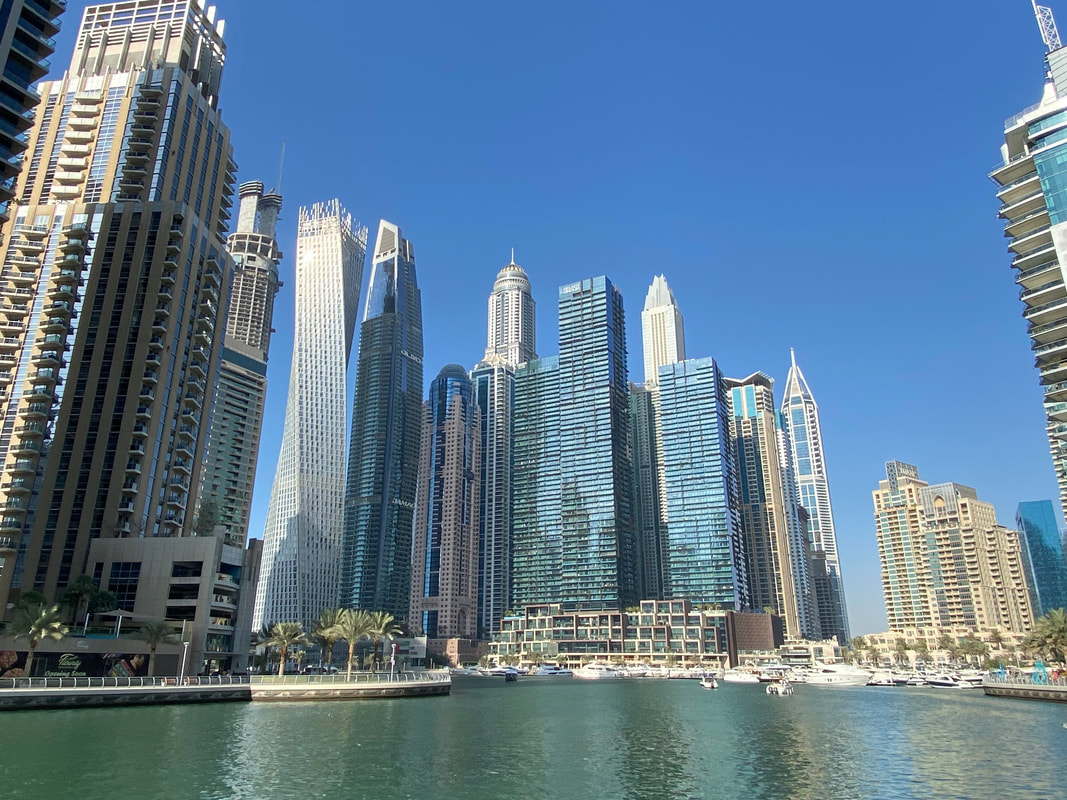


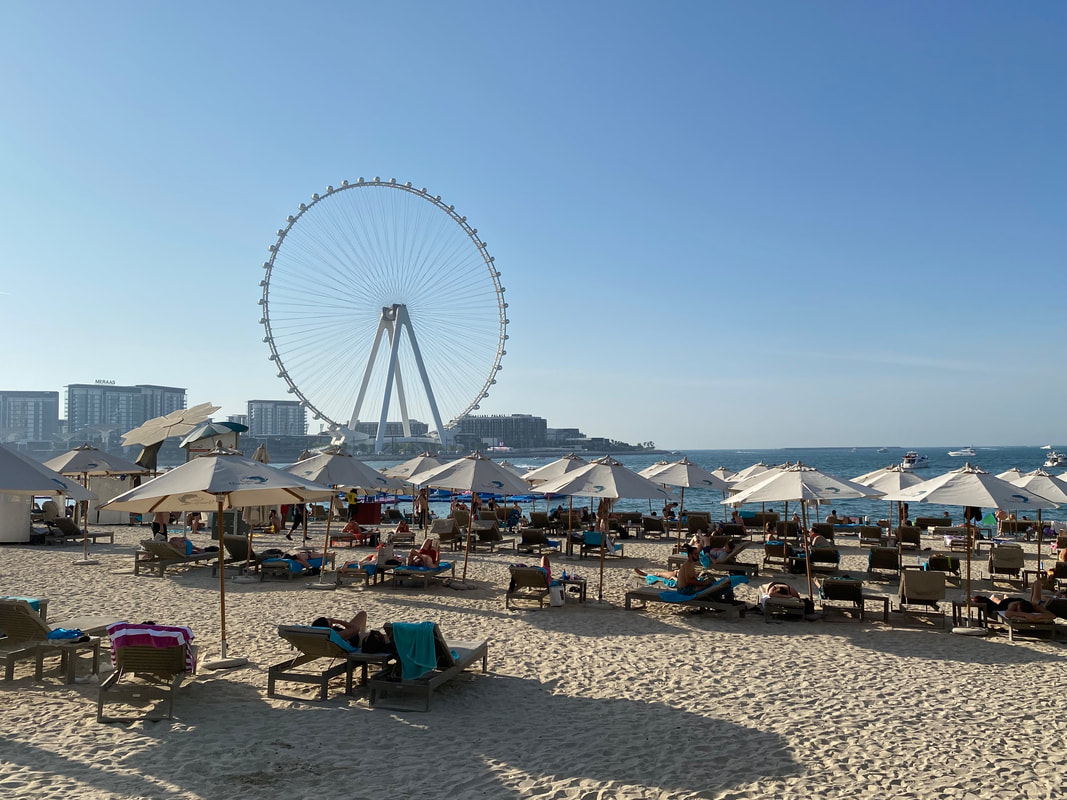


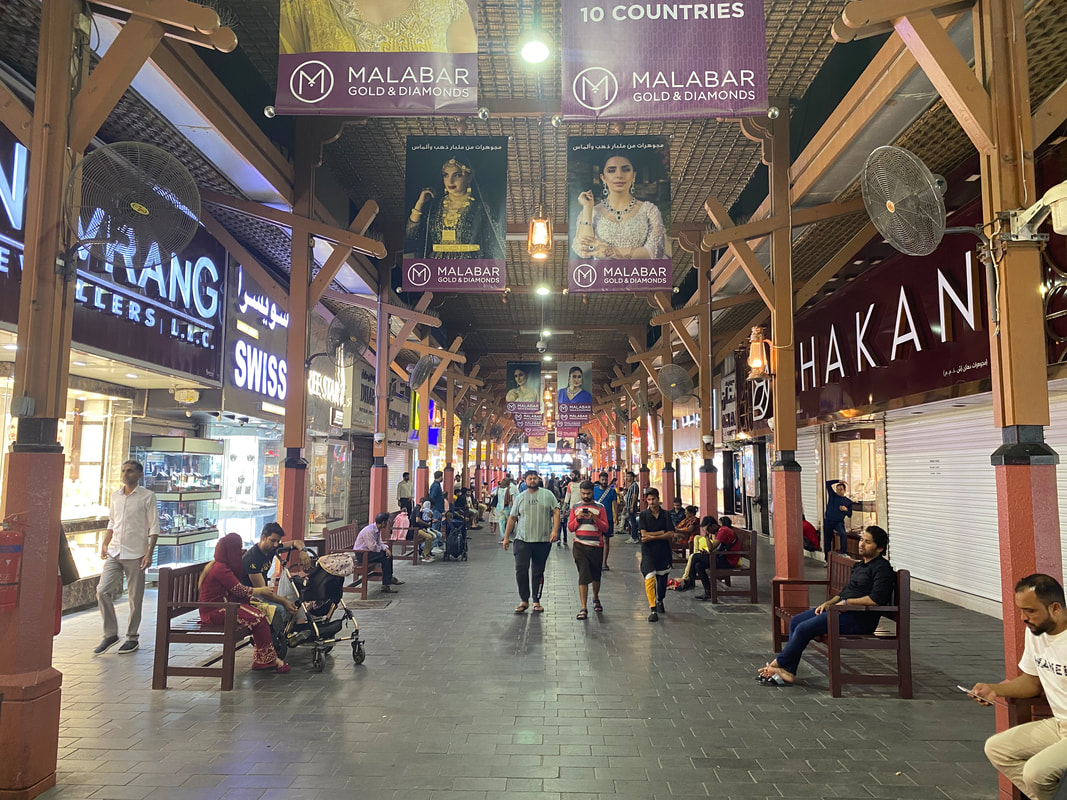
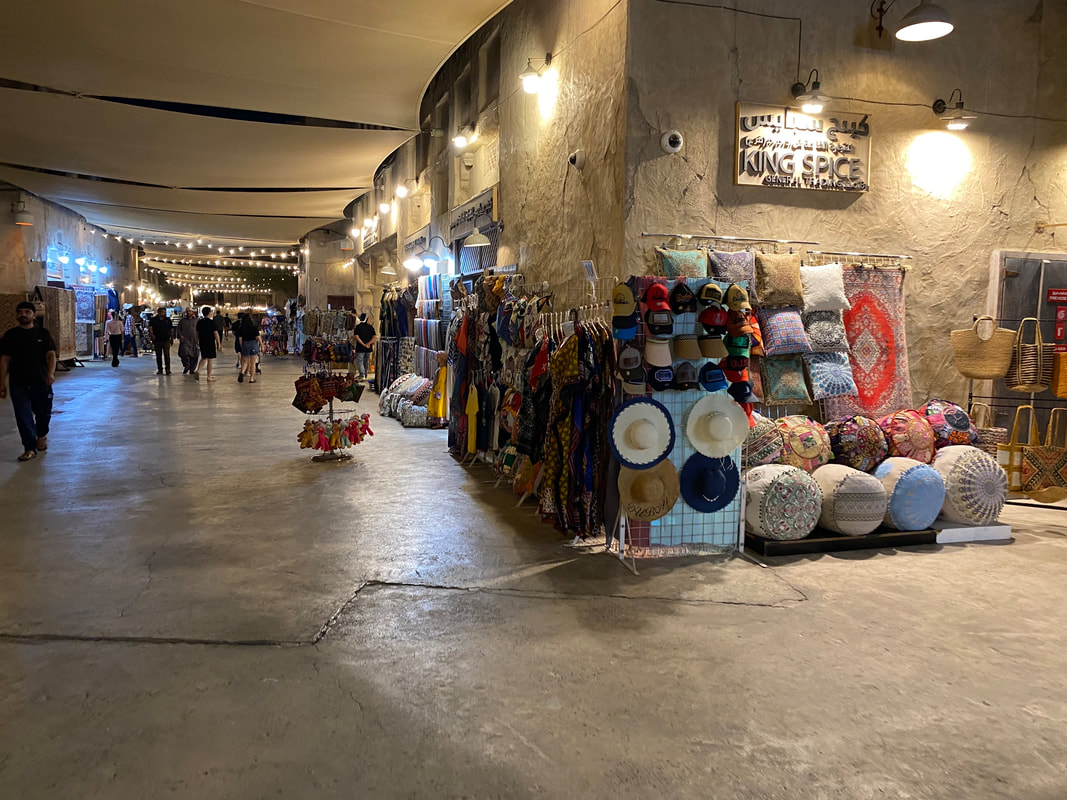
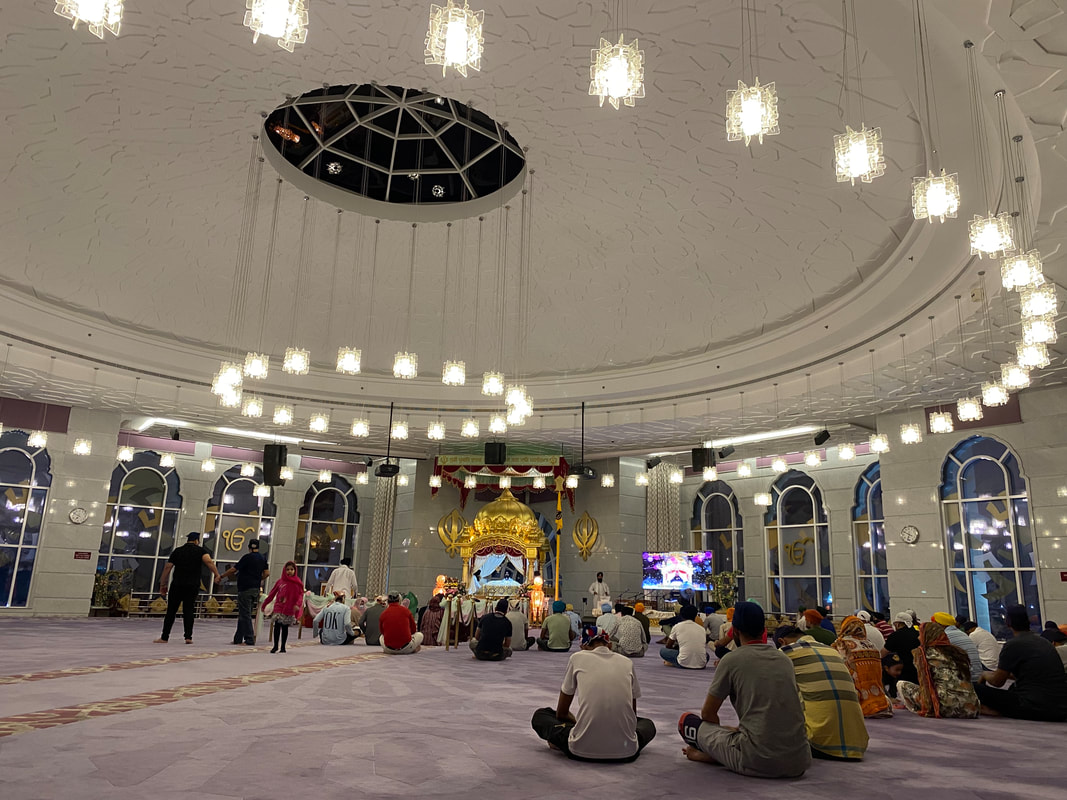
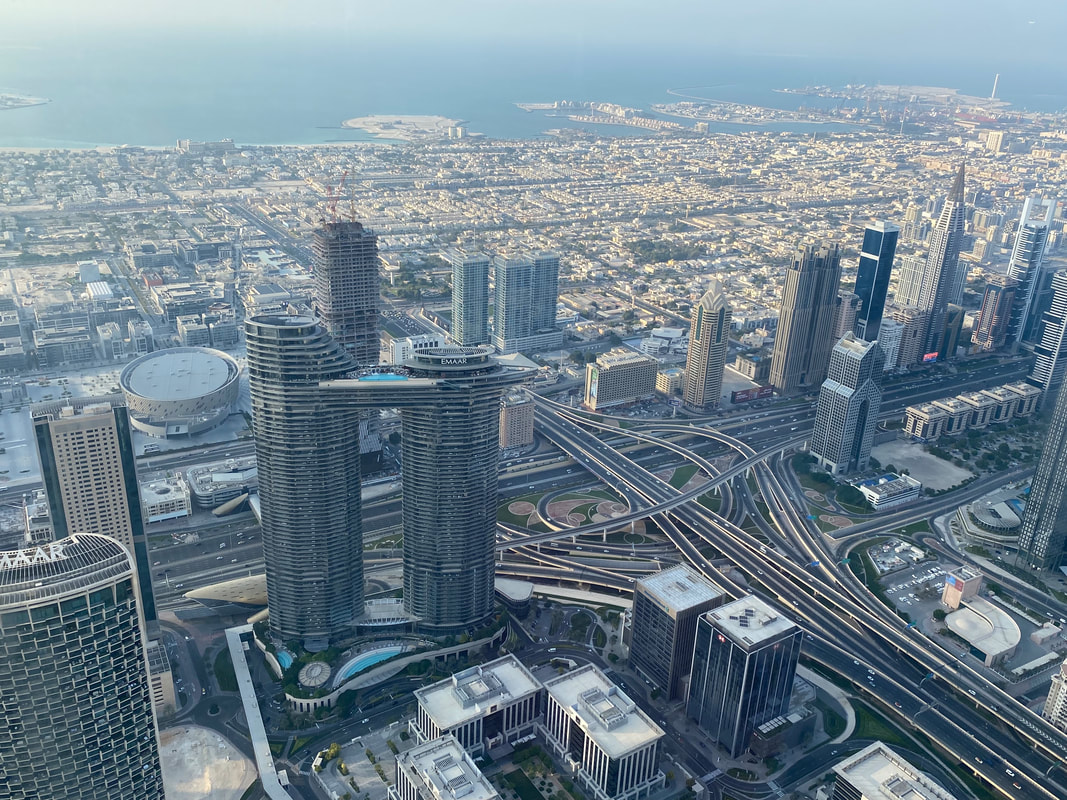


 RSS Feed
RSS Feed